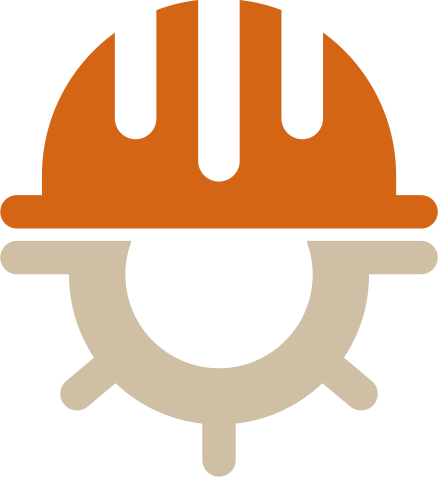RTLS Explained
WakeCap - Real Time Location Services
What is RTLS? and What does RTLS stand for?.
RTLS stands for “real time location services.” The definition of RTLS technology is any type of system that provides you with a real-time location of a given object or individual. Simply put, tells you where your asset is right now.
RTLS is a relatively new technology, similar services were first used commercially in the 1990s. Since that time, technology has exploded, and applications of this technology have grown tremendously.
You can define an RTLS system as one to identify or track machinery, automobiles, equipment, inventory, or even people in real time with a combination of both indoor and outdoor asset tracking.
At WakeCap we take the RTLS solution one step further by providing specialized services for the construction, oil & gas, mining and manufacturing industries. The WakeCap system analyzes the collected data to provide in depth business intelligence – in real time – to help our clients improve safety and productivity.
RTLS is the backbone of the WakeCap solution used to provide the understanding of numerous workflows, including personnel and asset tracking, safety compliance, site sign on and sign off procedures, general site movement to mitigate congestion, analysis of specific tasks or zones to provide the data necessary for reporting and change management.
How does WakeCap RTLS work?
RTLS works by attaching and sensor to a person or item, these sensors are often referred to as an Internet of Things (Iot) sensor. As these sensors move around the site, the sensor sends signals to receivers that are fixed throughout the surrounding environment. We call these receivers “anchors” as each receiver is just one anchor point for an intelligent site mesh network that we create for each specific site.
Each anchor, powered by a long-lasting battery, has the technical ability to connect to other anchors within the network to form a wireless mesh network that can be expanded and decreased, simply by adding or removing individual anchors.
The anchors, or receivers, then can figure out where each sensor is currently located throughout the site, communicating data points to the WakeCap system used for the extensive analysis of these data points.
RTLS Technology
There are many different types of RTLS technologies available today, each system providing, in principle, the same process for data collection with benefits and limitation dependent to the technology type. Different types of RTLS solutions include: Passive RFID; Active Bluetooth; Based RTLS; Wi-Fi RTLS; Infrared RTLS; Ultra Wide-Band RTLS (UWB)
It’s not that one system is better than another if the system provides the required solution or if the system is fit for the purpose intended – and that’s the question to ask, “is this RTLS system suitable for what I need”?
The WakeCap Solution
The WakeCap RTLS system is just part of the WakeCap solution, yet if you want to analyze data like we do, you need to ensure the data is accurate, precise, and delivered in real-time with a trusted integrity - but most of all, the hardware associated to the system needs to seamless integrate with the site workflow, not be limited by wires, battery life, and clumsy bulky equipment.
The WakeCap sensor is small, lightweight and has a battery life of 18 months. Our patented sensor is designed to be incorporated with a standard safety hard hat, our stand-alone versions include an ID card and simple key ring fob to ensure simplicity and easy deployment that does not disrupt your day to day site or business activity.
Our wireless network expands as the site expands, works both below and above ground and has the ability to identify each site level, making it the ideal network for any multilevel site application.
We’re here to help answer any additional questions you may have about the WakeCap RTLS technology and how WakeCap can change the way you manage your site today.



